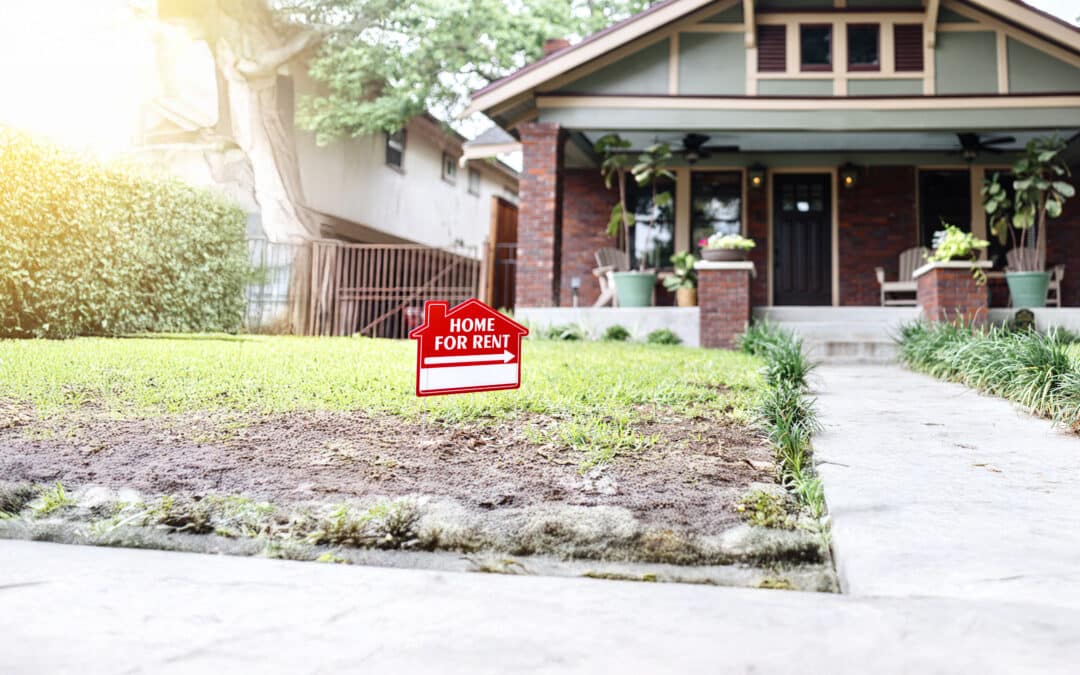There are multiple points of view between gentrifying a neighborhood and revitalizing one. A lot of words like segregation, colonialism, and racism are often used when discussing these two points. I’m not here to discuss these concepts and will leave that to sociologists. My goal is to visit both ideas from an investor’s and a realtor’s position and hopefully, help you consider what value each option has and which is best for you or your clients.
Some believe that gentrifying, while reducing crime, brings in only upper income buyers and businesses, while at the same time, eliminating all lower income buyers and businesses. Many feel that it destroys the availability of lower income housing and a sense of community, including the Mom and Pop businesses that often thrive in these areas.
Revitalizing a neighborhood helps those already in place to live in better homes, and run businesses in better quality retail space, while keeping the rents low. It often lowers the crime rate and does not break down the sense of community that is well established and vital in these areas.
Investors and homeowners moving into older, run-down areas, can have the ability to buy older, often historic buildings, many that are boarded up and long abandoned, at low costs and turn them into high-end properties. This continues to bring in other higher end, higher income individuals and businesses, like clothing stores, restaurants, bars, and yoga studios that support that lifestyle. Simply speaking, it brings in people and businesses with money. Property values and taxes increase, home costs increase, and the neighborhoods become exclusive. This is good investing. Or is it?
The controversy is apparent. What happens to the individuals who lived there before? Where do they live and shop and play when their neighborhoods are remodeled, upgraded, and unaffordable?
They move into other low-income areas. This then causes overcrowding. And when there’s no retail space available for those businesses once supported by their previous community, what are these business owners to do? Crime increases, unemployment becomes rampant, schools are underfunded, and the overall quality of life deteriorates.
From the point of view of an investor or even the lover of historic homes, gentrification seems like a great idea. Old historic buildings, houses that have been abandoned and boarded up are a great opportunity to buy low and sell high. This is the goal of a real estate investor. Saving beautiful old architecture from deterioration and eventual destruction is a passion many have. Others like to tear them down and start fresh with modern architecture. Is this a bad thing? Have these individuals thought about the negative community effects? Do they care? Should they care?
There are also investment benefits in revitalization. Building or refurbishing affordable homes means spending less on finishes and overall building expenses. It requires a smaller budget and while the financial rewards may not be as great per unit, the overall benefits are. More houses can be sold to the lower income buyer, many can be rented, and for a long term, since the renters have a vested interest in their community and generally don’t move away from friends, family, and their neighborhood community. Lower income neighborhoods can thrive and survive with an influx of investor money.
I have been on both sides of this predicament. I flip houses in a small mixed-income town. There are very expensive homes and one-bedroom homes with no heat or air and no running water. Many people have thanked me for improving the property values and making the town more desirable for buyers from the larger neighboring town (much of which has been gentrified and become unaffordable for the middle-class homeowner). Some blame me while others thank me for increasing property values, property taxes, and bringing in outsiders. And while I have restored several historic homes in this town, it’s applauded by some and disliked by others.
My mom used to say everyone has an opinion, that’s why they make 31 flavors. I suppose the question of gentrification vs. revitalization requires consideration prior to investing in one or the other. The entire community needs to be evaluated. How will the investor impact the quality of life of the individuals living in the community? Is there a way to invest and improve a neighborhood without people losing their connection to the community?
Can you sleep at night with the investment decisions you make?
Marla Roberds founded her real estate career and business, Kissing Tree Properties, in 2017, as an investor doing restoration and remodeling. She advises homeowners on their remodels and has flipped many projects of her own.























0 Comments